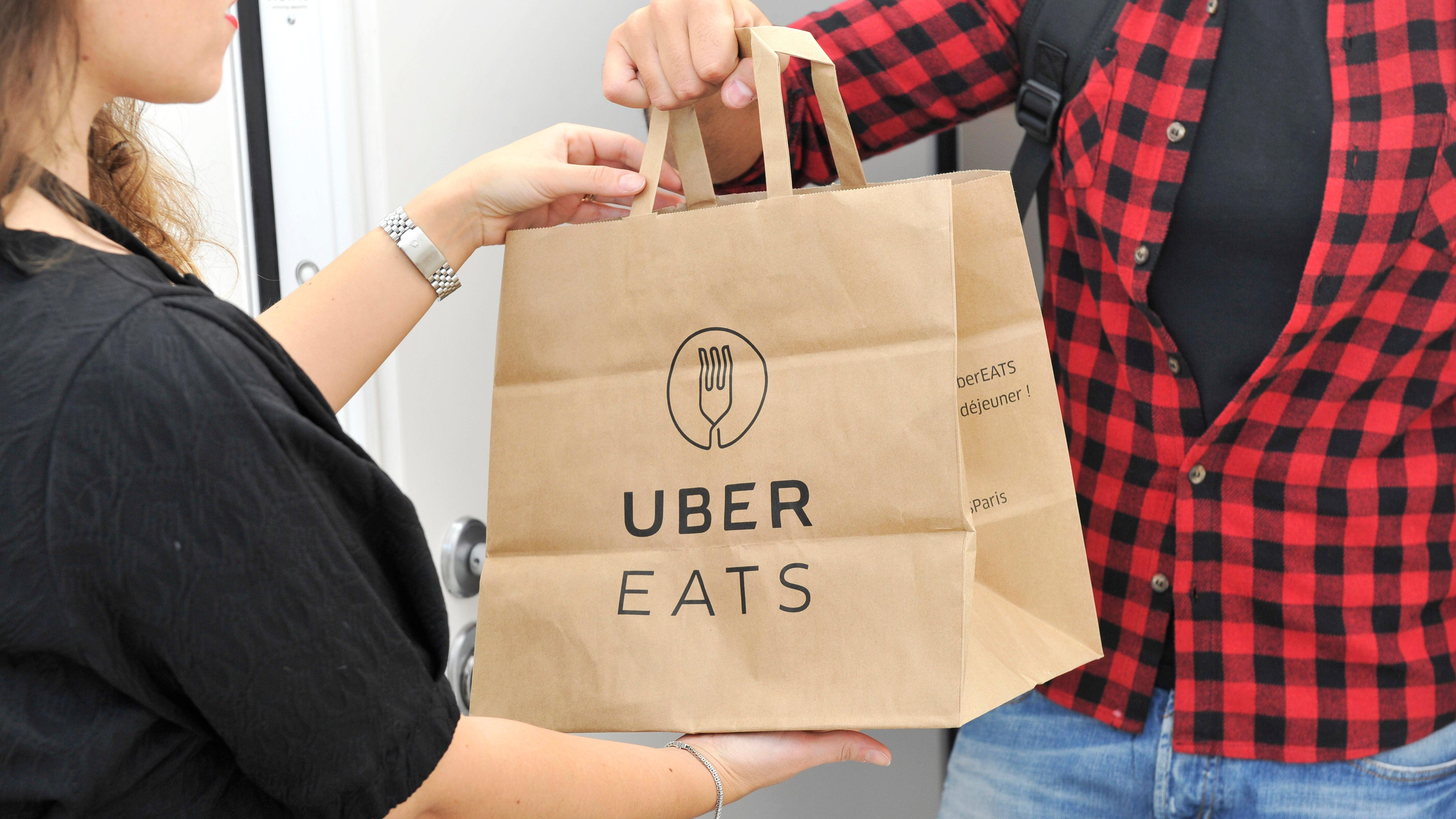Delivery Apps Are Even More Of A Rip-Off Than You Knew
With all the added fees, you have to pay dearly for the convenience.
You're on your couch, it's been a long day, and there's no way you're cooking anything, not even preheating the oven for a frozen pizza. Understood. We all know that food delivery is the miracle solution that upcharges for convenience, but if you live in a metropolitan area, you're probably getting gouged even harder than you thought. Third-party delivery apps are terrible for multiple reasons, but new data published by credit builder Self Financial highlights just how much of a rip-off they can be.
The most expensive cities for third-party app delivery
In order to determine delivery pricing, Self placed the exact same food order from McDonald's in 100 cities using major third-party delivery services DoorDash, Uber Eats, and Grubhub. The order: a Double Quarter Pounder meal, a 10-piece McNugget meal, a regular-sized Coke, and medium fries.
Perhaps unsurprisingly, the delivery markup on these orders is brutal. Here are some major cities' prices, to give you an idea:
- Seattle (meal cost in-store $23.53, average delivery app cost $55.35)
- Los Angeles (meal cost in-store $22.73, average delivery app cost $43.91)
- Chicago (meal cost in-store $20.80, average delivery app cost $42.50)
- New York City (meal cost in-store $27.93, average delivery app cost $48.66)
- Houston (meal cost in-store $15.98, average delivery app cost $34.25)
The cheapest city for food delivery is Lubbock, Texas, where the average delivery app cost for the meals was $31.40. But that only speaks to how cheap the McDonald's prices were to begin with; the markup from third-party delivery still hovers at around 100%. The city with the lowest price markup is Lincoln, Nebraska, where the total cost was a 23% markup over in-store prices.
Which food delivery service is the most expensive?
Uber Eats was found to be the worst offender among the third-party delivery apps, in terms of added fees. All told, the charges included the food cost itself, delivery fees, service fees, sales tax, tip (15% standard), and "other" fees, an amorphous category that varies state to state depending on delivery app regulations and includes things like fuel costs and small order fees
DoorDash had slightly lower markups than Uber Eats on average, and Grubhub came in at the bottom; as Forbes notes, Grubhub's pricing model prioritizes lower fees, a competitive edge when up against Uber Eats' name recognition.
None of us can cook all the time—nor should we be expected to—and sometimes leaving the house is impossible, for reasons ranging from inebriation to injury. But next time you order, you might want to squint a little closer at all those tacked-on fees and consider whether your McNugget meal is worth the price of 10 Big Macs.
